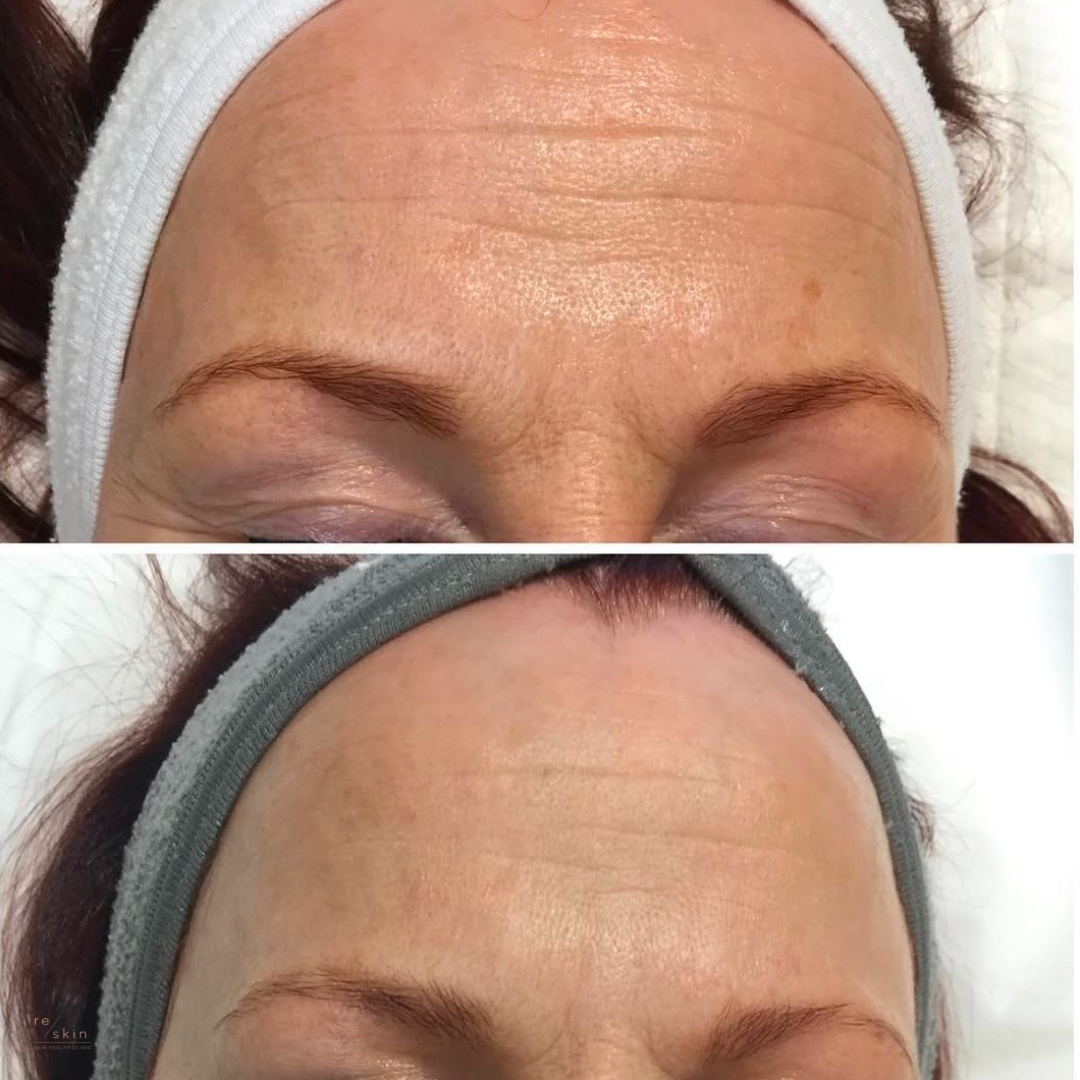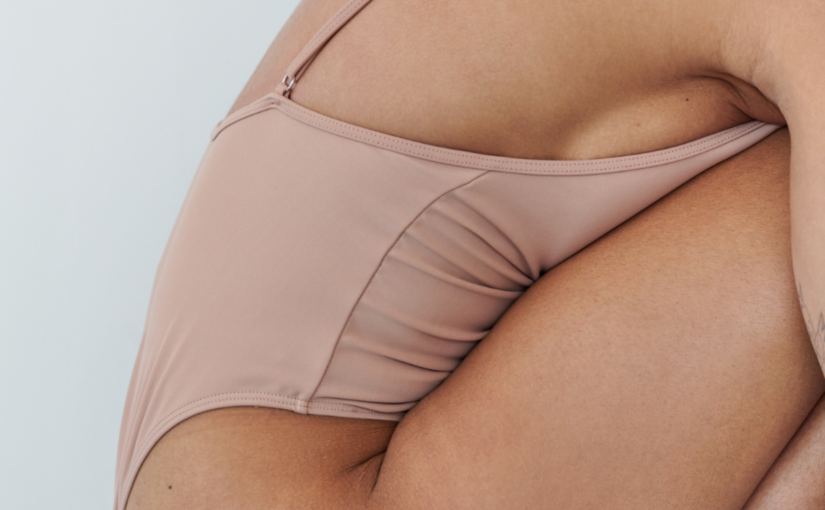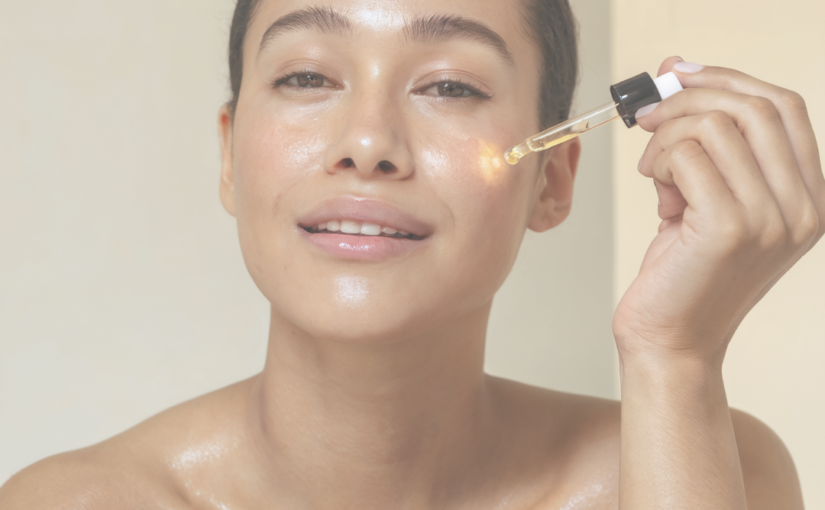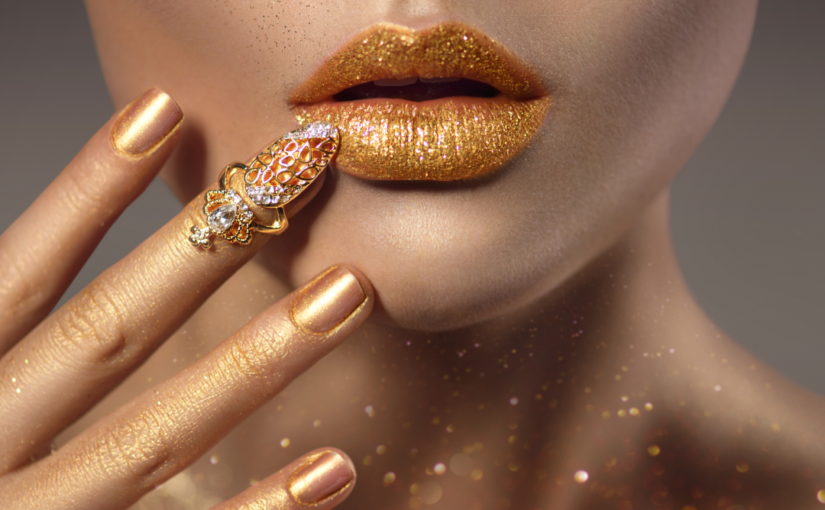As the warm, sunny days of summer start to wind down, many of us are left with wonderful memories of holidays, outdoor adventures, and time in the sun. But while we’ve been enjoying the season, our skin has often been facing a very different story. Summer can be both beautiful and brutal for our skin, and as we move into autumn, now is the perfect time to take stock of what your skin has gone through and how to restore balance.
Sun Exposure & UV Damage
Even with diligent SPF use, our skin is often exposed to more UV radiation during summer than any other season. This can lead to:
• Dehydration and dryness from heat and sun.
• Sunspots or pigmentation as melanin production increases to protect the skin.
• Accelerated ageing with fine lines and reduced elasticity from UV-induced collagen breakdown.
• Increased sensitivity if the skin barrier has been compromised.
Heat, Sweat & Breakouts
The warmer months often mean increased sweating and oil production, which can clog pores and lead to breakouts or congestion. Combine that with layers of sunscreen, makeup, and time outdoors, and your skin may have struggled with:
• Blocked pores and blackheads
• Heat rashes or irritation
• Inflammation or flare-ups in conditions like acne, rosacea, or eczema
Dehydration from the Elements
Between sun, saltwater, chlorine, and air conditioning, summer can be incredibly dehydrating. Dehydrated skin may look dull, feel tight, or even overproduce oil in an attempt to compensate.
Pigmentation Changes
Even if you avoided visible sunburn, you may have noticed:
• Freckles or sunspots becoming more prominent
• Uneven skin tone or patches of pigmentation
• Darkening of existing scars or marks
Barrier Disruption
With constant exposure to UV, heat, and environmental aggressors, the skin’s protective barrier can become impaired. UV actually oxidises those important lipids that make up the skin’s natural barrier. When this happens, skin feels more sensitive, reactive, or prone to redness.
How to Help Your Skin Recover Post-Summer
The good news is, skin is incredibly resilient when we give it the right care. As we move into autumn, this is the perfect time to:
• Hydrate deeply with serums and moisturisers that restore water balance.
• Repair and strengthen the barrier with nourishing, skin-replenishing ingredients.
• Exfoliate gently to remove summer build-up and brighten the complexion.
• Treat pigmentation with targeted professional treatments and products.
• Book a professional skin assessment to understand what your skin really needs moving forward.
✨ Final Thought
Your skin tells the story of the summer you’ve had. While it may be carrying the effects of sun, heat, and environmental stress, with the right post-summer reset you can restore its health, glow, and resilience. Autumn is the perfect season to give your skin the extra love it deserves and set it up for the cooler months ahead, as well as being the ideal time to get started on those treatments that aren’t always suitable during the summer months.
If you feel your skin needs professional help, book in your skin consultation to get you started on the journey to healthier, more radiant skin.

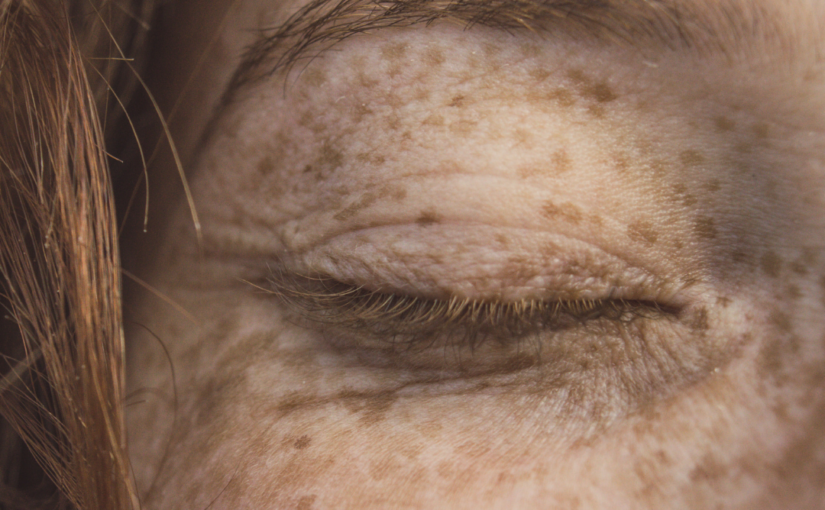
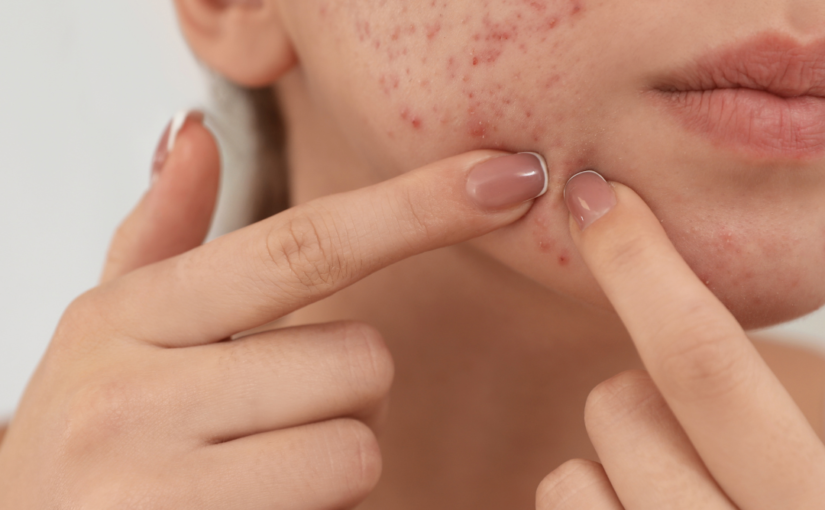
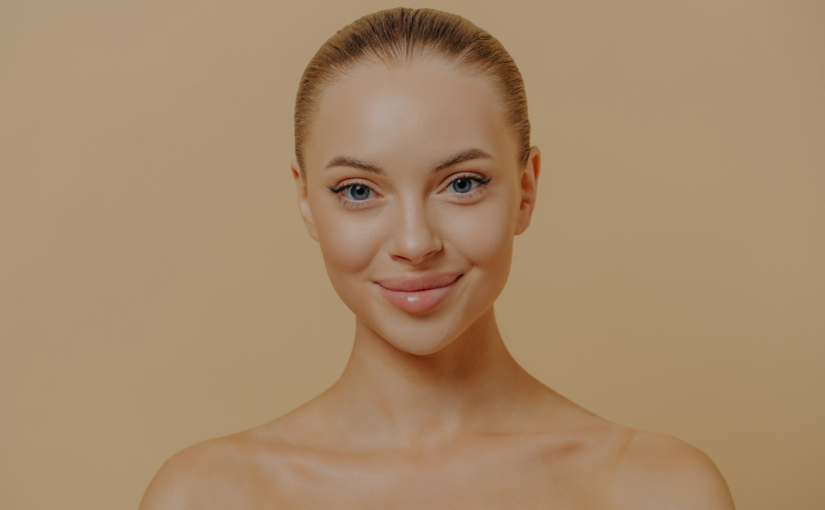
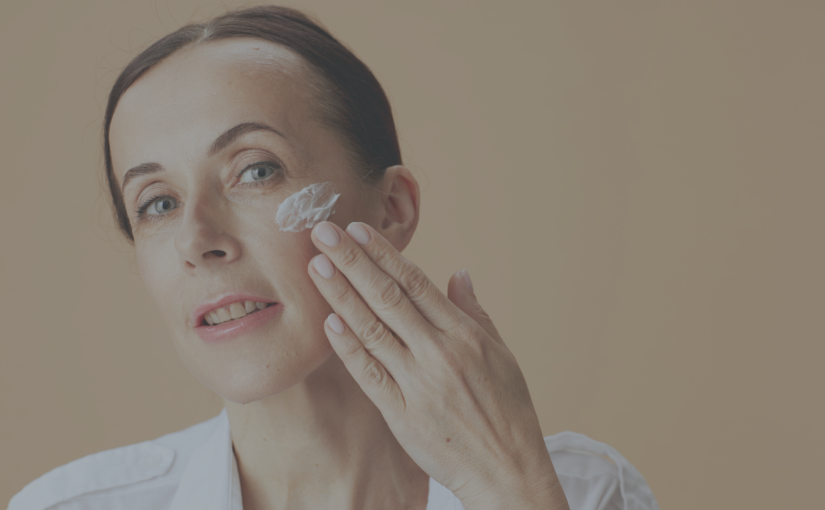

 How the byonik Laser Biohacks Your Skin
How the byonik Laser Biohacks Your Skin